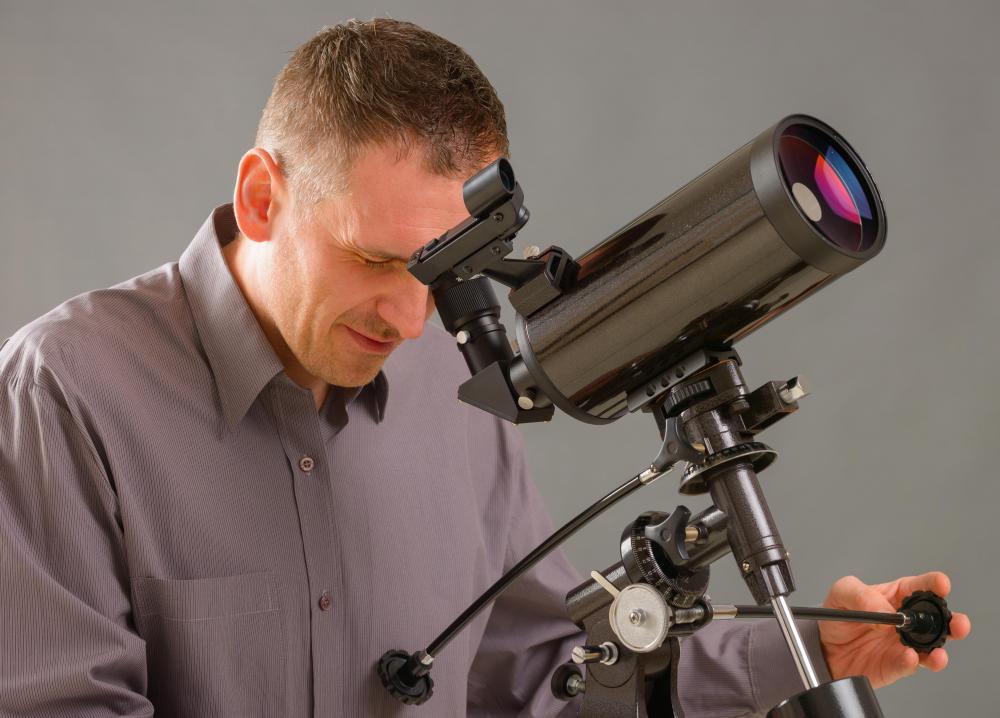Telescopes come in different sizes and shapes, but they all have one thing in common: they collect light from distant objects and bring it to your eye. When you look at the night sky through a telescope, you’re seeing objects that are so far away that the light from them takes millions of years to reach Earth. The farther away an object is, the older it is — because its light has had time to travel from there to here.
There are many different kinds of telescopes, each designed for a specific purpose or type of viewing experience. Some are designed for daytime viewing only; others are specifically built for nighttime use; still others can be used both day and night. Below is the information on features you need to consider before buying telescope.
First, you need to decide what kind of telescope you want. Are you interested in astronomy? Do you want to see planets or star clusters? Do you want to look at the moon? Or do you just want to have fun with a toy?
Telescope Type: There are many kinds of telescopes for different purposes, such as terrestrial and astronomical telescopes like Celestron Astromaster. A reflecting telescope is best suited for planetary observation but not so much for deep-sky objects like galaxies and nebulae. A refracting telescope is better suited for deep-sky objects but not so good for planetary observation. A catadioptric (mirror/lens) telescope can be used for both purposes but these are expensive compared to other types of telescopes.
Reflector vs Refractor
Reflectors have been around longer than refractors, so they’re usually cheaper and easier to find in stores and online retailers such as Amazon or Walmart. However, refractors tend to be more portable because they don’t need an external light source like reflectors do (they can be used with just ambient light). Refractors also come in many different sizes, while reflectors are usually limited to just two or three sizes (large and small).
Magnification: Magnification is the ability of a telescope to make distant objects appear closer and therefore larger. It is measured by dividing the focal length of the telescope by the diameter of its objective lens or primary mirror (in millimetres).

–Light Gathering Power: The amount of light gathered by a telescope is called its light gathering power. This is measured in units called magnitudes. The bigger the number, the more powerful your telescope will be at gathering light from distant objects.
-Focal Length: Focal Length is the distance from the centre of an eyepiece’s lens to its focal point (the back end of the objective lens). This distance determines how much magnification there will be when you look through it. For example, if a given eyepiece has a focal length of 10 inches (25 centimetres), then when you look through it with your eye held at 10 inches from its lens, you will see things magnified ten times their actual size (10×).
Telescope Optics: Telescope optics refers to how well all the parts of the telescope work together to form an image. The size and quality of your telescope’s optical system will determine how much detail you can see in celestial objects like planets and galaxies.
Mounting Type: You may have noticed that many telescopes come with different types of mounts. These include altazimuth mounts, Dobsonian mounts and equatorial mounts — each one provides different types of motion control for tracking objects across the sky (more on this later). You can check Celestron UK for more information.
